The Lost Civilizations of the American Southwest
The American Southwest is a region steeped in mystery and history, with remnants of ancient civilizations scattered across its rugged landscapes. From the awe-inspiring cliff dwellings of Mesa Verde to the intricate rock art left behind by long-vanished societies, the Southwest holds clues to a past shrouded in enigma and wonder. As we journey through the lost civilizations of this storied land, we unravel the tales of the Ancestral Puebloans, the Hohokam Culture, the Mogollon Society, and the architectural marvels of Chaco Canyon and Cliff Palace.
One of the most fascinating ancient civilizations of the American Southwest is that of the Ancestral Puebloans. These skilled builders crafted intricate dwellings into the cliffsides, showcasing their architectural prowess and adaptability to the harsh desert environment. Yet, the sudden disappearance of the Ancestral Puebloans leaves us with more questions than answers, inviting us to delve deeper into their mysterious legacy.
As we turn our gaze towards the Hohokam Culture, we uncover a people known for their innovative irrigation systems and distinctive pottery. Their flourishing society once thrived in the arid lands of the Southwest, but what led to their eventual decline? The answers lie buried beneath the sands of time, waiting to be unearthed.
The Mogollon Society, with its unique artistic expressions and advanced agricultural practices, paints a vivid picture of ancient life in the Southwest. Yet, the sudden disappearance of this enigmatic civilization raises speculation and intrigue. What forces drove the Mogollon people from their ancestral lands, leaving behind only echoes of their past?
Chaco Canyon stands as a testament to the grandeur and sophistication of the ancient Pueblo peoples. This UNESCO World Heritage site served as a cultural and economic hub, showcasing the ingenuity and organizational skills of its inhabitants. What stories do the ruins of Chaco Canyon whisper to us across the centuries, hinting at the vibrant tapestry of life that once thrived there?
Perched high atop the cliffs of Mesa Verde, the cliff dwellings of the Ancestral Puebloans stand as a marvel of ancient engineering. These architectural wonders offer a glimpse into the daily lives of a people who navigated the challenges of their environment with skill and resilience. What environmental factors may have influenced their decision to abandon these cliffside homes, leaving behind a legacy etched in stone?
Within the depths of Cliff Palace, the largest cliff dwelling in North America, lies a treasure trove of cultural and historical significance. The intricate masonry and strategic design of this ancient site speak volumes about the craftsmanship and vision of its creators. What secrets do the walls of Cliff Palace hold, waiting to be deciphered by those who seek to understand the past?
The rock art scattered across the Southwest offers a window into the symbolic language of the ancient civilizations that once thrived in these lands. These intricate petroglyphs and pictographs provide insights into the spiritual beliefs, daily activities, and social structures of these long-lost societies. What stories do these ancient artworks tell, and what messages do they convey to those who study them with a discerning eye?
Recent archaeological discoveries in the American Southwest continue to shed light on the mysteries of the past, unraveling the intricate social structures, trade networks, and cultural practices of the lost civilizations. These findings offer new perspectives on the lives of ancient peoples and the factors that may have contributed to their eventual demise. What revelations await us as we piece together the fragments of history scattered across the desert sands?
The legacy of the lost civilizations of the American Southwest endures through ongoing preservation efforts that seek to safeguard their cultural heritage for future generations. By understanding and appreciating the rich tapestry of ancient cultures that once flourished in this region, we honor the resilience and creativity of those who came before us. What lessons can we learn from the past to ensure that the legacy of the Southwest's lost civilizations continues to inspire and enlighten us?
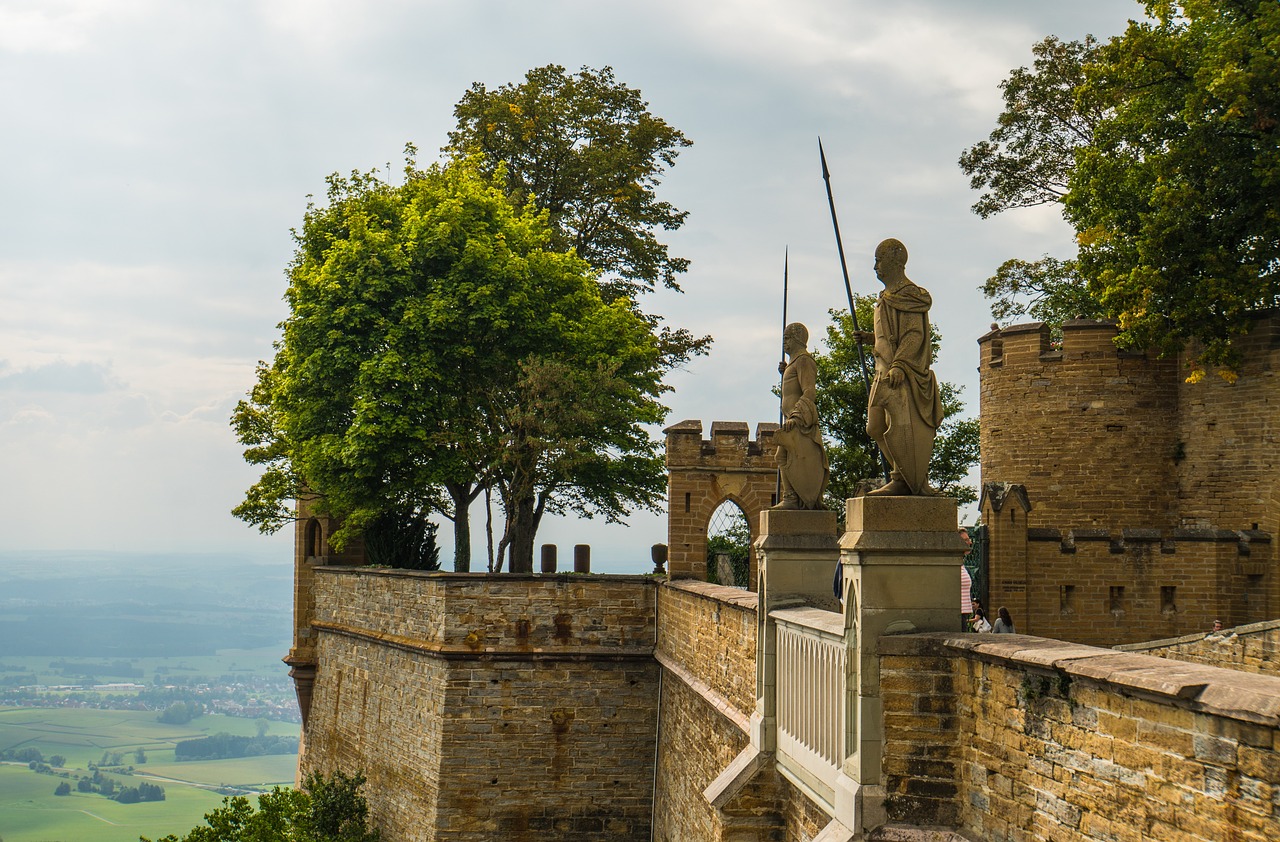
Ancestral Puebloans
The Ancestral Puebloans, also known as the Anasazi, were a remarkable ancient civilization that thrived in the American Southwest. Their legacy is etched in the impressive architectural achievements they left behind, such as the iconic cliff dwellings of Mesa Verde and the grand structures of Chaco Canyon. These skilled builders constructed intricate villages, kivas, and ceremonial sites that still captivate visitors today.
One of the most intriguing aspects of the Ancestral Puebloans is the mystery surrounding their sudden disappearance from the region. Despite their advanced knowledge of farming techniques and adaptation to the arid environment, something prompted their mass exodus. Scholars and archaeologists continue to debate the reasons behind this enigmatic vanishing, with theories ranging from prolonged droughts to social upheaval.
Exploring the ruins left behind by the Ancestral Puebloans offers a glimpse into a society that was both resilient and innovative. Their ability to thrive in challenging landscapes and create thriving communities speaks to their resourcefulness and ingenuity. By studying their architectural marvels and artifacts, we can piece together the story of a civilization that flourished against all odds.
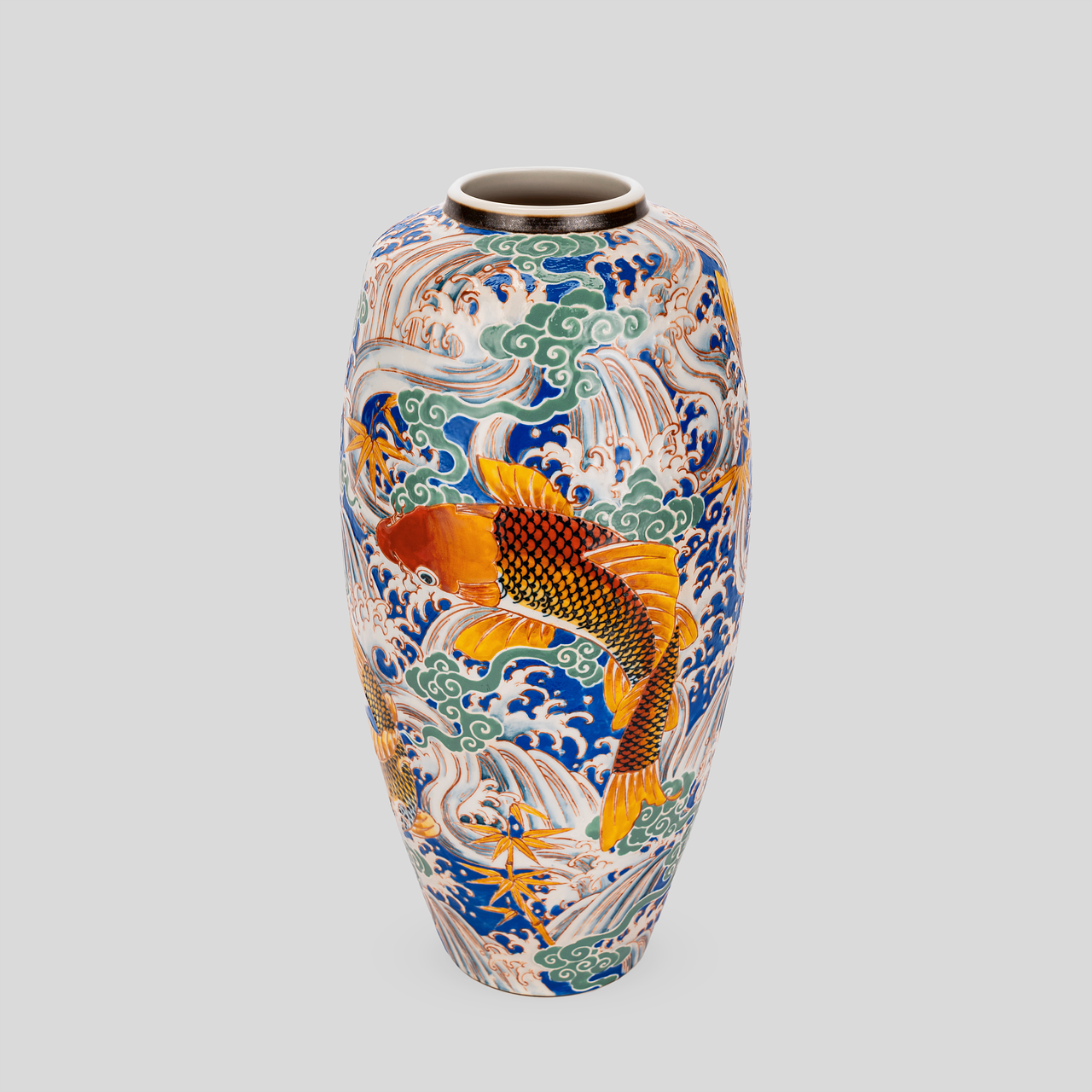
Hohokam Culture
The Hohokam Culture flourished in the American Southwest, leaving behind a rich legacy of innovation and sophistication. These ancient people are renowned for their intricate irrigation systems that allowed them to thrive in the arid desert landscape. The Hohokam were skilled farmers, cultivating crops such as maize, beans, and squash with the help of their advanced agricultural techniques.
One of the most striking aspects of the Hohokam culture is their distinctive pottery, characterized by intricate designs and intricate patterns. Their pottery not only served practical purposes but also reflected their artistic sensibilities and cultural identity. The intricate designs on Hohokam pottery provide valuable insights into their beliefs, customs, and daily life.
Despite their remarkable achievements, the decline of the Hohokam culture remains shrouded in mystery. Scholars speculate that environmental factors, such as droughts and resource depletion, may have played a significant role in the gradual abandonment of Hohokam settlements. Additionally, social and political changes within the society could have contributed to the eventual disappearance of this once-thriving civilization.
Archaeological excavations have unearthed fascinating artifacts and structures that shed light on the daily lives and spiritual practices of the Hohokam people. From ball courts used for ceremonial games to platform mounds serving as communal gathering spaces, these discoveries offer glimpses into the social organization and cultural traditions of the Hohokam society.
The legacy of the Hohokam culture endures through the preservation of archaeological sites and artifacts, allowing us to appreciate and learn from their ingenuity and resilience. By studying the Hohokam culture, we gain a deeper understanding of the diverse and complex civilizations that once thrived in the American Southwest, enriching our appreciation of the region's rich cultural heritage.
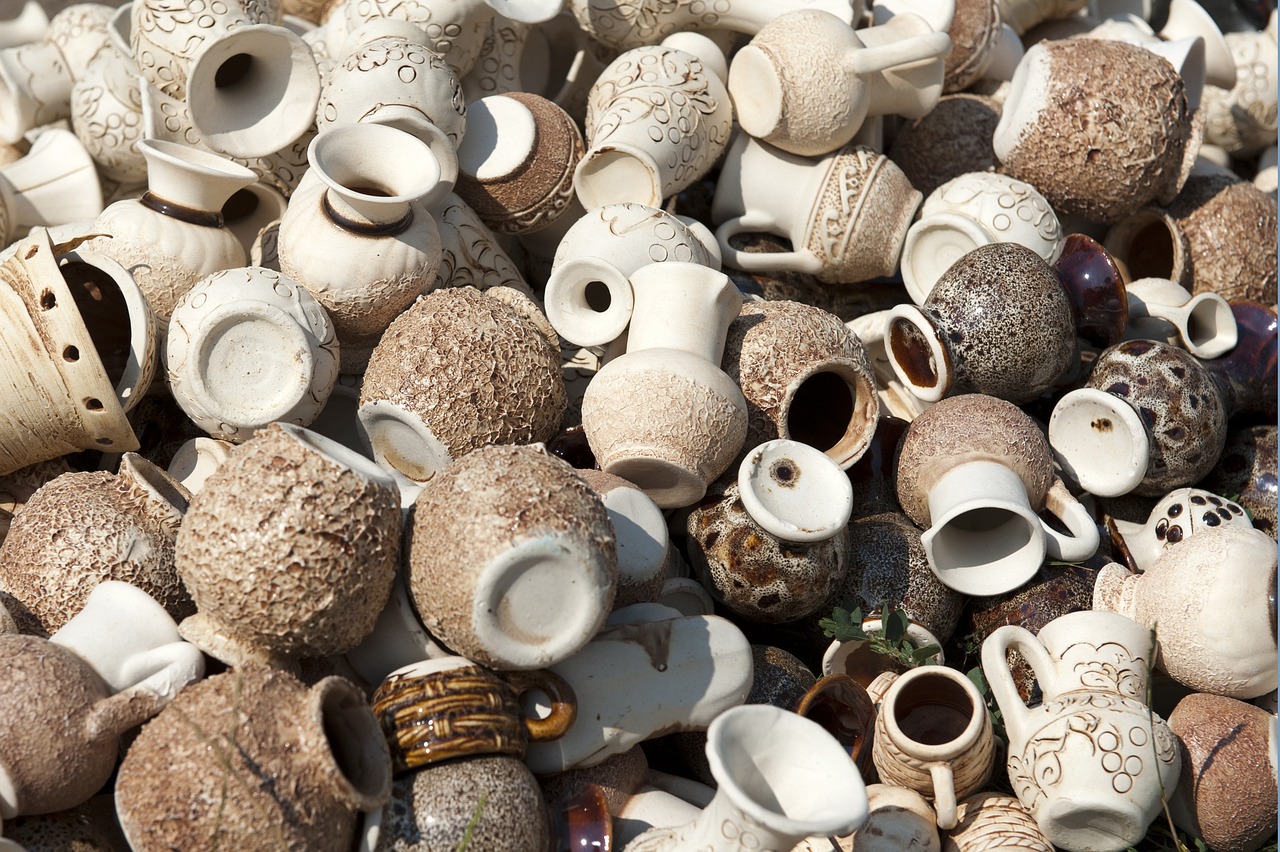
Mogollon Society
The Mogollon society, a fascinating ancient civilization of the American Southwest, flourished in the region for centuries, leaving behind a rich cultural legacy that continues to intrigue archaeologists and historians alike. Known for their distinctive artistic expressions, the Mogollon people crafted intricate pottery and created stunning rock art that reflected their deep connection to the land.
One of the most remarkable aspects of the Mogollon society was their advanced agricultural practices. They cultivated crops such as corn, beans, and squash in the arid desert landscape, demonstrating a deep understanding of irrigation techniques to sustain their communities. The remnants of their terraced fields and irrigation systems stand as a testament to their ingenuity and resourcefulness.
Despite their impressive achievements, the Mogollon civilization faced a mysterious decline, much like other ancient cultures in the Southwest. The reasons behind their disappearance remain shrouded in mystery, with theories ranging from environmental challenges to social upheaval. The enigmatic vanishing of the Mogollon society adds to the allure of uncovering their lost world and understanding the factors that led to their downfall.
Archaeological excavations have revealed insights into the social structure and daily life of the Mogollon people. Intricate pottery designs, architectural remnants, and ceremonial artifacts provide clues to their beliefs, rituals, and interactions with neighboring cultures. These discoveries offer a glimpse into the vibrant and complex society that once thrived in the rugged landscapes of the American Southwest.
Exploring the legacy of the Mogollon society not only enriches our understanding of ancient civilizations but also underscores the importance of preserving their cultural heritage. By studying their artistic expressions, agricultural practices, and societal structures, we can gain valuable insights into the resilience and creativity of the Mogollon people. Through ongoing preservation efforts and continued archaeological research, we honor the legacy of the Mogollon society and ensure that their story endures for future generations to discover and appreciate.
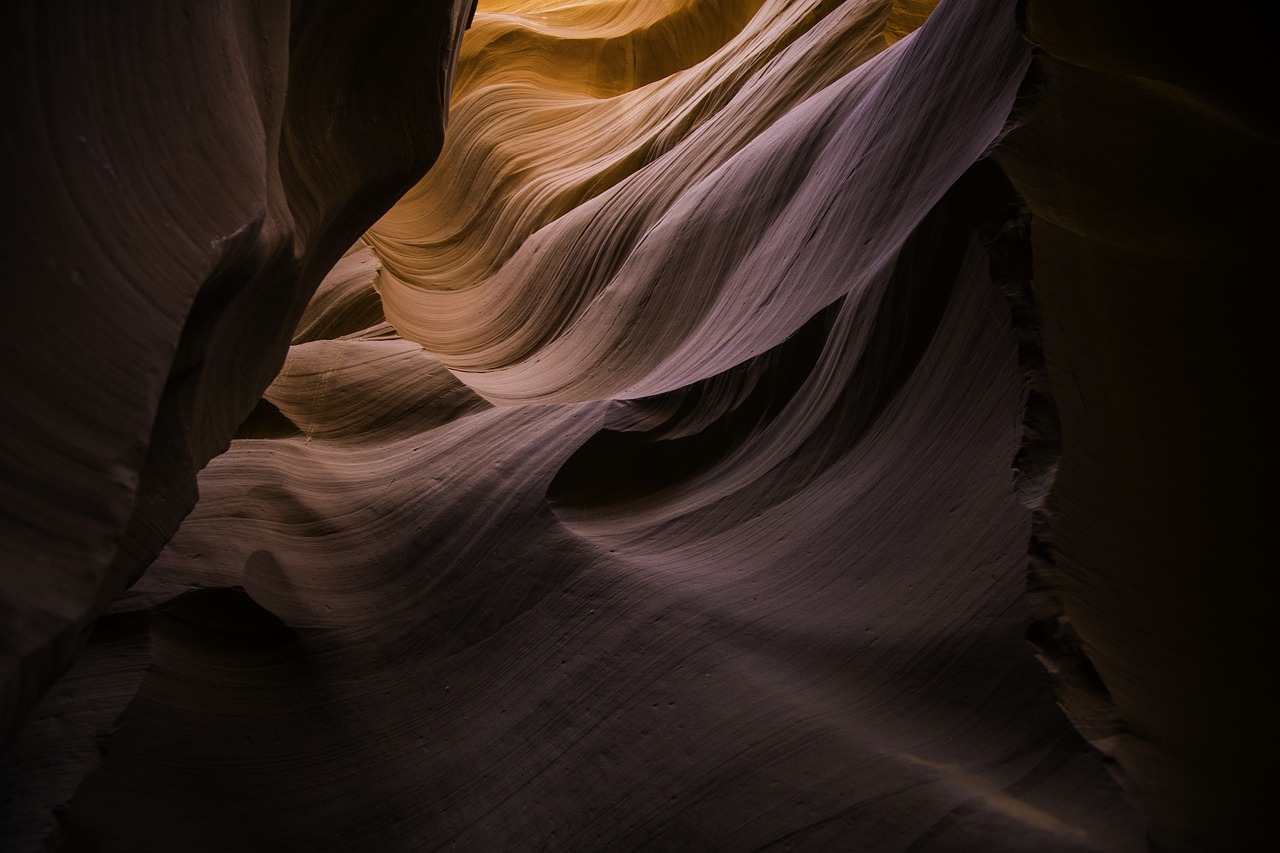
Chaco Canyon
Chaco Canyon, located in the heart of the American Southwest, stands as a testament to the remarkable architectural and cultural achievements of the ancient Pueblo peoples. This UNESCO World Heritage site, encompassing a vast complex of monumental buildings, kivas, and ceremonial structures, served as a thriving hub of trade, religion, and governance in the region.
The monumental structures of Chaco Canyon, such as Pueblo Bonito and Chetro Ketl, showcase the advanced engineering skills of the Ancestral Puebloans, who meticulously aligned their buildings with celestial events. These architectural wonders, constructed using sandstone blocks, reflect a sophisticated understanding of astronomy and a deep spiritual connection to the cosmos.
One of the most intriguing features of Chaco Canyon is its intricate network of roads, known as Chacoan roads, which spanned hundreds of miles across the desert landscape. These roads, thought to have served as pilgrimage routes and trade arteries, highlight the complex social organization and interconnectedness of the ancient Pueblo communities.
Despite its grandeur and significance, Chaco Canyon also raises enigmatic questions about its sudden decline and abandonment around the 12th century. Theories abound regarding the factors that led to the eventual exodus of the Ancestral Puebloans from this once-thriving cultural center, including environmental changes, social upheaval, and resource depletion.
Visiting Chaco Canyon today offers a glimpse into the rich history and spiritual legacy of the ancient Pueblo peoples. The site's remote location, nestled amidst the rugged beauty of the desert landscape, evokes a sense of awe and reverence for the enduring legacy of these lost civilizations.
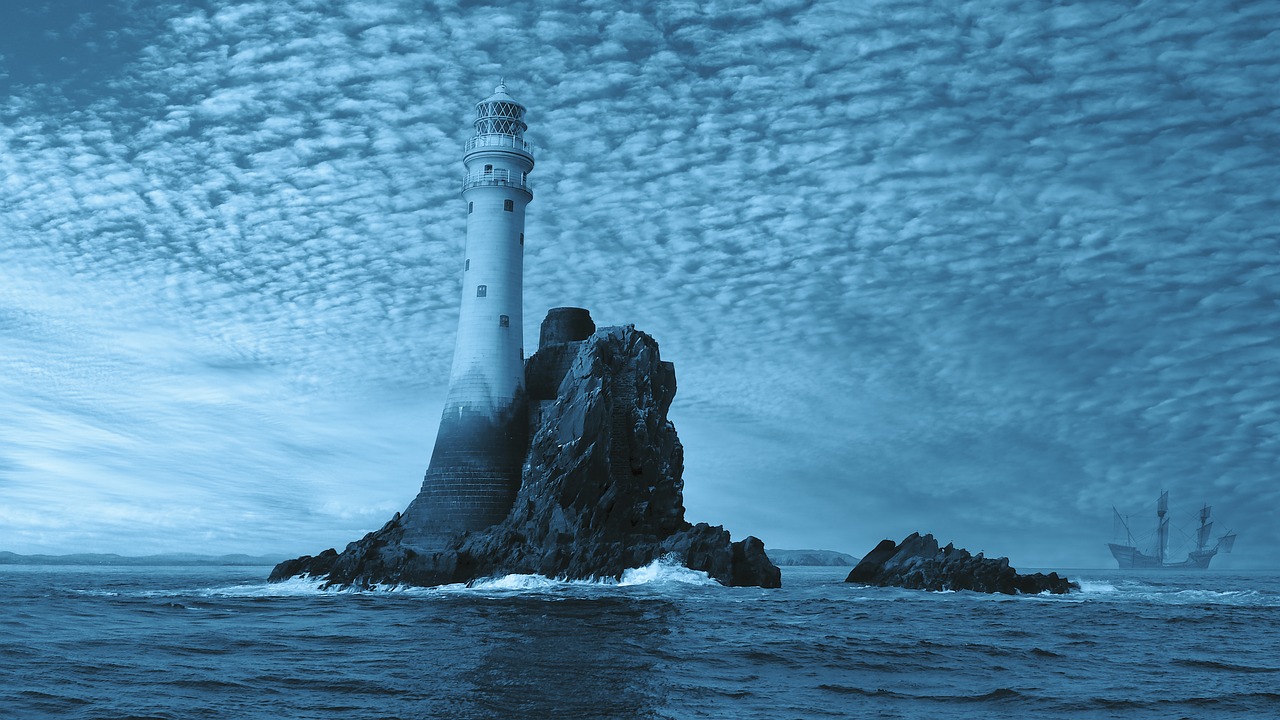
Mesa Verde
Mesa Verde, meaning "green table" in Spanish, is a captivating archaeological site located in Colorado, USA. This UNESCO World Heritage site is renowned for its remarkable cliff dwellings, which stand as a testament to the architectural prowess of the Ancestral Puebloans. These ancient structures, perched high on the cliffs of the Mesa Verde plateau, offer a glimpse into the daily lives and cultural practices of the people who once called this place home.
The cliff dwellings of Mesa Verde are a marvel of engineering, with intricate stone masonry and cleverly designed living spaces that blend harmoniously with the natural landscape. Visitors to Mesa Verde can explore these well-preserved dwellings, such as the famous Cliff Palace, Balcony House, and Long House, each offering a unique insight into the ingenuity and resourcefulness of the ancient inhabitants.
One of the most striking features of Mesa Verde is the sheer verticality of the cliff dwellings, which served both practical and symbolic purposes for the Ancestral Puebloans. These dwellings provided protection from the elements and potential enemies, while also representing a connection to the spiritual realm, with the towering cliffs serving as a link between the earthly and the divine.
Furthermore, Mesa Verde offers a window into the environmental challenges that may have influenced the migration and eventual abandonment of the site by its inhabitants. The changing climate, depletion of natural resources, and social dynamics within the community are all factors that likely played a role in the relocation of the Ancestral Puebloans from Mesa Verde to other regions in the Southwest.
Exploring Mesa Verde allows us to appreciate the resilience and adaptability of ancient civilizations in the face of adversity. It invites us to ponder the interconnectedness of human societies with their environment and the enduring legacy left behind by those who once thrived in this rugged landscape.
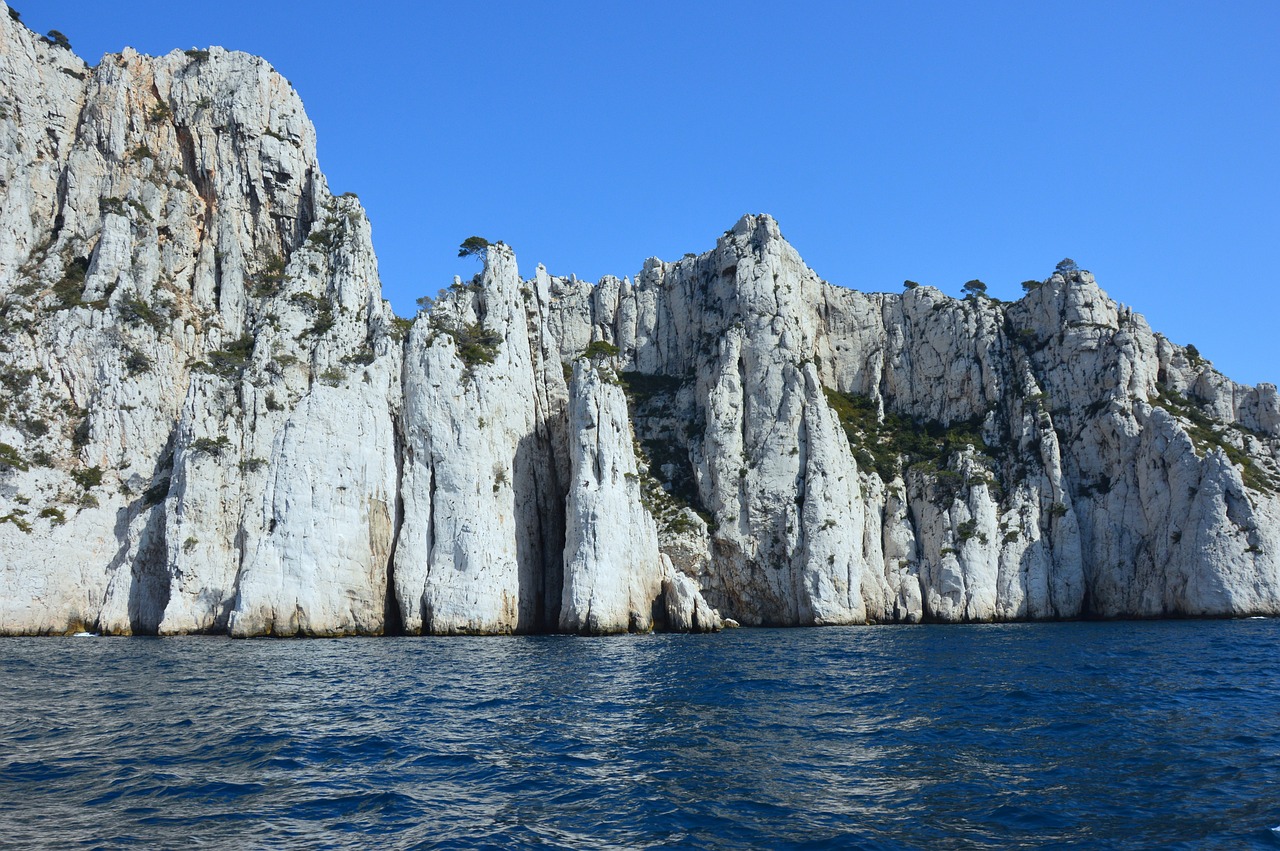
Cliff Palace
Cliff Palace is a remarkable archaeological site nestled within Mesa Verde National Park, showcasing the remarkable architectural prowess of the Ancestral Puebloans. This ancient cliff dwelling stands as the largest of its kind in North America, with over 150 rooms and 23 kivas, reflecting the complex social structure and advanced building techniques of its inhabitants.
The construction of Cliff Palace is a testament to the ingenuity and resourcefulness of the Ancestral Puebloans, who utilized the natural sandstone alcove to create a thriving community. The intricate masonry, wooden beams, and strategic layout of the rooms highlight the skilled craftsmanship and engineering knowledge possessed by these ancient peoples.
Visiting Cliff Palace offers a glimpse into the daily lives and cultural practices of the Ancestral Puebloans. The site's strategic location provided defense against external threats and access to essential resources, emphasizing the importance of adaptation and resilience in the challenging environment of the American Southwest.
Exploring Cliff Palace allows us to unravel the mysteries surrounding the disappearance of the Ancestral Puebloans from the region. Archaeological studies and ongoing research shed light on the possible factors that led to the abandonment of this impressive cliff dwelling, including environmental changes, social dynamics, and external pressures.
The preservation of Cliff Palace is crucial in safeguarding this invaluable heritage for future generations. Efforts to maintain the structural integrity of the site, protect it from natural erosion, and educate visitors about its historical significance contribute to the legacy of the Ancestral Puebloans and their enduring impact on the American Southwest.
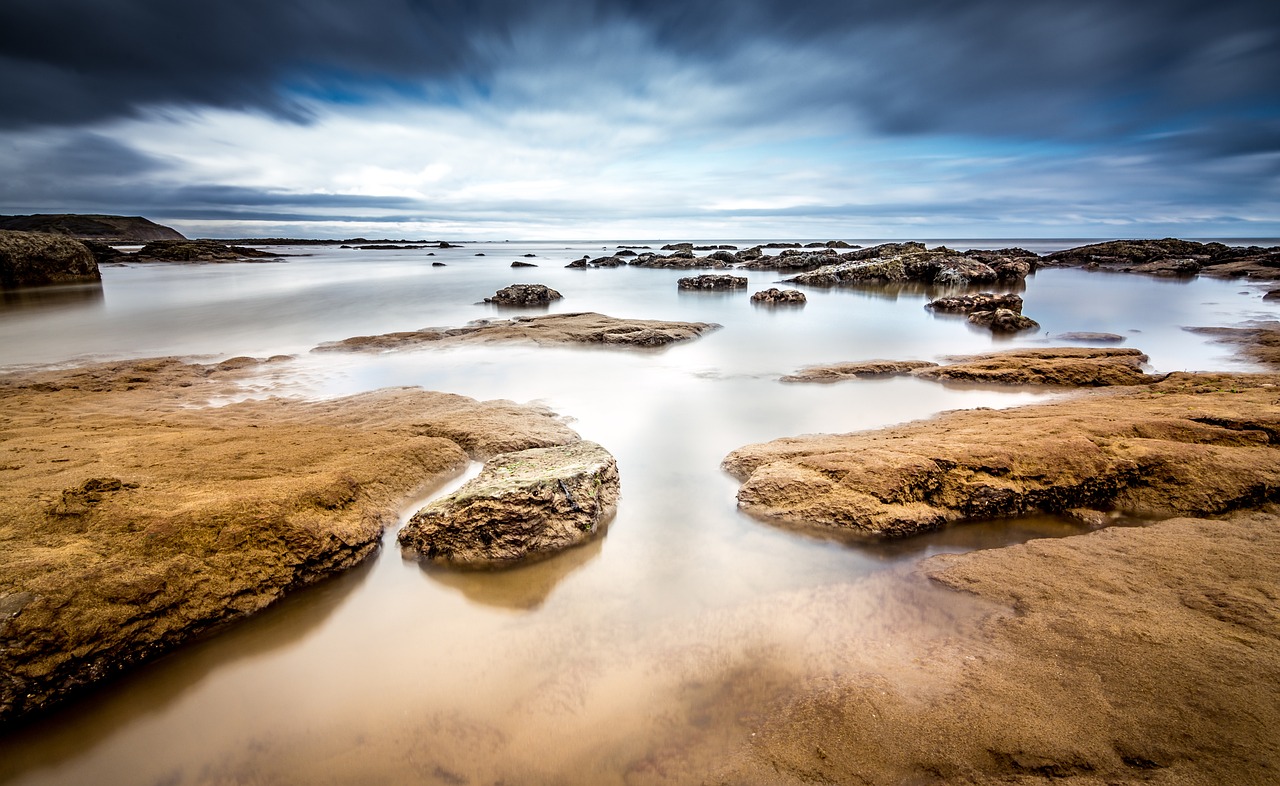
Rock Art
The rock art left behind by the ancient civilizations of the American Southwest is a mesmerizing glimpse into the past, offering a window into the spiritual and cultural beliefs of these enigmatic societies. Carved and painted on canyon walls and rock surfaces, these intricate designs and symbols tell stories of hunting expeditions, religious ceremonies, and everyday life. The petroglyphs and pictographs found in the region are not mere decorations but serve as a form of communication, conveying messages that transcend time and space.
Many of the rock art motifs feature animals such as bighorn sheep, deer, and birds, reflecting the close relationship between the ancient peoples and the natural world around them. The intricate patterns and geometric shapes found in the artwork suggest a deep understanding of astronomy, seasonal changes, and spiritual beliefs. These ancient artists used natural pigments like red ochre and charcoal to create their masterpieces, showcasing their creativity and skill in utilizing the resources available to them.
The symbolic meanings behind the rock art are still being deciphered by archaeologists and researchers, offering tantalizing clues about the social structures and belief systems of the ancient civilizations. Some images depict elaborate ceremonial rituals, while others showcase scenes of everyday life, providing a rich tapestry of information for modern scholars to unravel. The rock art sites scattered across the Southwest are not just archaeological treasures but windows into the souls of the people who once called these lands home.
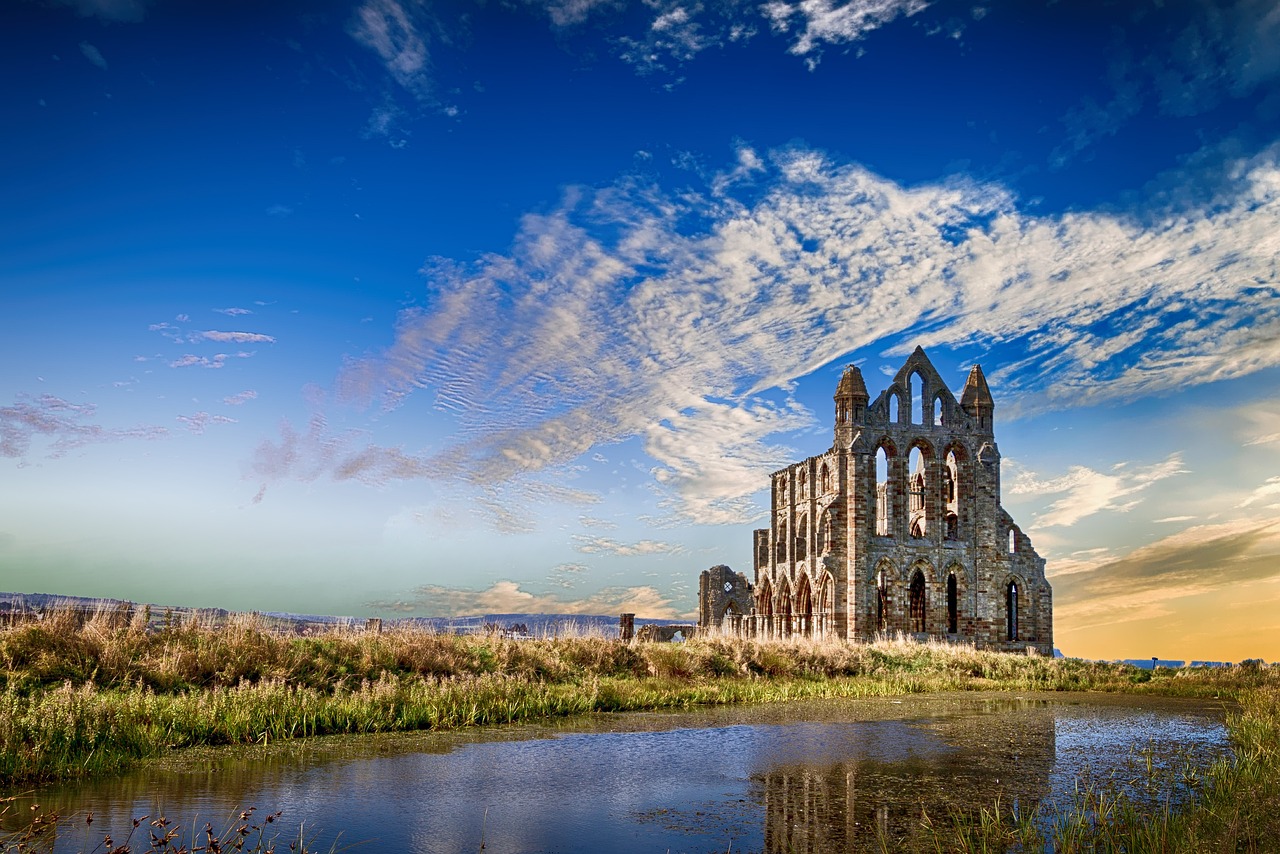
Archaeological Discoveries
Archaeological discoveries in the American Southwest have provided invaluable insights into the lost civilizations that once thrived in this region. Recent excavations have unearthed a wealth of artifacts, structures, and evidence that offer clues to the social structures, daily lives, and possible reasons for the decline of these ancient societies. From pottery shards and tools to elaborate architectural remains, each discovery adds another piece to the puzzle of understanding the rich history of the Ancestral Puebloans, Hohokam, Mogollon, and other indigenous peoples who called this arid landscape home.
One notable archaeological find is the discovery of ancient trade networks that connected different settlements across the Southwest. These networks, evidenced by the presence of exotic materials and goods in distant sites, indicate a sophisticated system of exchange and interaction among the various civilizations. The study of trade routes and the movement of goods has provided valuable insights into the economic relationships and cultural exchanges that shaped the development of these ancient societies.
Excavations at sites like Chaco Canyon and Mesa Verde have revealed intricate architectural structures, including multi-story buildings, ceremonial kivas, and elaborate cliff dwellings. These architectural marvels not only showcase the engineering prowess of the ancient inhabitants but also offer clues to their social organization, religious practices, and daily routines. The meticulous documentation and analysis of these structures have enabled archaeologists to reconstruct aspects of life in these ancient settlements with remarkable detail.
Furthermore, the examination of rock art found throughout the Southwest has provided a window into the spiritual beliefs, artistic expressions, and storytelling traditions of the indigenous peoples. Petroglyphs, pictographs, and other forms of rock art depict scenes of hunting, rituals, and mythological beings, offering a glimpse into the symbolic language and cultural practices of these ancient civilizations. The preservation and interpretation of rock art sites are crucial for understanding the worldview and artistic legacy of the lost civilizations of the American Southwest.
Overall, archaeological discoveries continue to expand our knowledge of the diverse cultures that flourished in the American Southwest centuries ago. By piecing together the fragments of the past, researchers strive to unravel the mysteries surrounding the rise and fall of these civilizations, honoring their legacy and preserving their heritage for future generations to appreciate and learn from.

Legacy and Preservation Efforts
Preserving the legacy of the lost civilizations of the American Southwest is a crucial endeavor that requires a combination of research, conservation, and public awareness. The ancient ruins, artifacts, and cultural practices left behind by the Ancestral Puebloans, Hohokam, Mogollon, and other indigenous groups hold invaluable insights into the history of the region and the development of human societies. By safeguarding these remnants of the past, we not only honor the achievements of these ancient cultures but also ensure that future generations can learn from and appreciate their contributions to our collective heritage.
Efforts to preserve the archaeological sites and cultural resources of the American Southwest involve a range of activities, including excavation, documentation, restoration, and interpretation. Archaeologists, historians, and cultural experts work tirelessly to uncover the secrets of the past and protect fragile structures from natural erosion and human interference. Through careful research and meticulous conservation efforts, these professionals aim to maintain the integrity of the sites while making them accessible to the public for educational and recreational purposes.
One of the key challenges in preserving the legacy of the lost civilizations is balancing conservation with sustainable tourism. As interest in the ancient cultures of the American Southwest continues to grow, there is a need to manage visitor impact on archaeological sites and ensure that cultural resources are not compromised by excessive tourism. By implementing visitor guidelines, educational programs, and site management plans, preservationists strive to strike a harmonious balance between heritage conservation and responsible tourism.
Moreover, ongoing initiatives focus on raising awareness about the importance of cultural heritage preservation and fostering community engagement in conservation efforts. Local tribes, historical societies, and government agencies collaborate to protect sacred sites, promote traditional knowledge, and advocate for the preservation of indigenous cultural practices. By involving diverse stakeholders in the preservation process, we can ensure that the legacy of the lost civilizations is respected and safeguarded for future generations.
In conclusion, the legacy and preservation efforts related to the lost civilizations of the American Southwest are essential for maintaining our connection to the past and preserving the rich cultural heritage of the region. By valuing and protecting the archaeological sites, artifacts, and traditions of these ancient peoples, we not only honor their memory but also gain valuable insights into the diversity and complexity of human history. Through collective efforts and a shared commitment to conservation, we can ensure that the legacy of the lost civilizations endures as a lasting tribute to the resilience and creativity of the indigenous peoples who once thrived in the Southwest.
Frequently Asked Questions
- What were the main reasons for the disappearance of the Ancestral Puebloans?
The disappearance of the Ancestral Puebloans remains a mystery, but factors such as climate change, social upheaval, and resource depletion are believed to have played a role in their decline.
- How did the Hohokam people manage their advanced irrigation systems?
The Hohokam people utilized a network of canals and dams to efficiently manage water for agriculture, showcasing their engineering prowess and adaptation to the desert environment.
- What led to the enigmatic vanishing of the Mogollon society?
The reasons behind the disappearance of the Mogollon society are unclear, but theories suggest environmental changes, conflicts, or migration to other regions as possible causes for their vanishing from the Southwest.
- What is the significance of Chaco Canyon as a cultural and economic hub?
Chaco Canyon served as a central hub for trade, ceremonial gatherings, and astronomical observations, indicating its importance as a cultural and economic center for the ancient Pueblo peoples.
- What do the rock art symbols left by ancient civilizations in the Southwest represent?
The rock art symbols are believed to depict religious beliefs, hunting scenes, and social events, providing valuable insights into the spiritual and daily lives of the ancient Southwest civilizations.
- How are ongoing preservation efforts helping to protect the cultural heritage of the lost civilizations?
Ongoing preservation efforts involve conservation, documentation, and public education to safeguard the archaeological sites and artifacts, ensuring the cultural legacy of the lost civilizations is preserved for future generations.



















